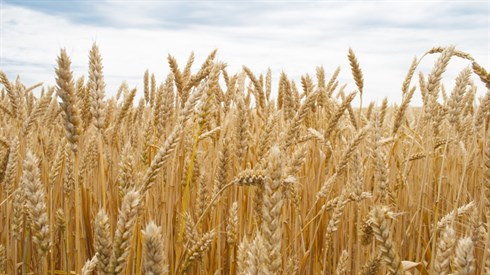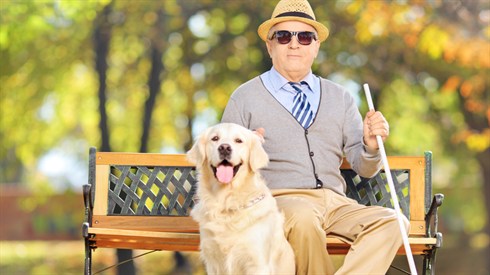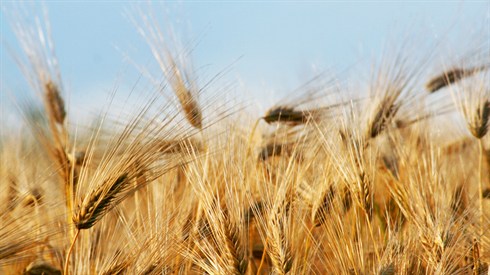- Sections
- Parashat Hashavua
3
If we removed 5% of extremists from each side, the remaining 95% could reach agreements through mutual respect, on 98% of the burning questions, and agree to disagree on the other 2%. I call out from the heart in a clear yet trembling voice – Enough, before it is too late. Change the mode of discourse to positive and polite. If the flames will grow, our enemies will dance around the campfires.
Tribal unity is connected to our parshiyot through a frequently mentioned place – Gilad. Gilad is east of the Jordan, and it is the first region whose inhabitants were exiled. Eliyahu Hagiladi, who came from there, was described as a kana’i (zealot) – see Melachim I, 19:10-14. Some opinions in Chazal posit he was Pinchas, who was known for his zealotry (see Bamidbar 25:11-13).
Our parasha also discusses the six cities of refuge for unintentional murderers, half of which were east of the Jordan. The prophet Hoshea (6:8-9) criticizes the people of Gilad for their being violent, and the gemara tells us that there were more than expected arei miklat east of the Jordan because Gilad had a lot of murderers in it (Makkot 9b).
Yet, Gilad was a wonderful meeting place for people from different tribes, stemming from Leah, Rachel, and the maidservants. Our parasha tells that the half-tribe of Menashe (from Yosef/Rachel) received the land. But in Shoftim (12:4), we find groups from Ephrayim, Menashe’s brother, whom Yaakov preferred (Bereishit 48:14-20). Moshe also chose his confidante/ successor from the Tribe of Ephrayim. The Tribe of Yehuda had strong ties there. Chetzron, Peretz’s firstborn, and the antecedent of King David, married the daughter of Machir (son of Menashe), sister of Gilad, and their children settled in Gilad and built important cities there (see Divrei Hayamim I, 2:21-22). Machir also had in-laws from Binyamin (ibid. I, 7:15). Thus, this area united important tribes and personalities, which impacted the whole nation’s unity.
Yerushalayim was the one place in Eretz Yisrael that was not divided up among the tribes, remaining the property of the whole nation (see Tehillim 122:3; Midrash Aggada 49:27). This makes Yerushalayim a symbol of unity.
Let us return to our times. Everyone should respect the elected government seated in Yerushalayim. The government must internalize that they are bound to respect all parts of the nation. Any change that is attempted, even if for good reasons, must be done through discussion and some level of consensus, as most citizens want. Only by acting this way will we merit that Eliyahu Hanavi will change from a zealot to a consensus maker, and usher in the Days of Mashiach (see Malachi 3:23-24).

Parashat Hashavua: A World of Repairing
Rabbi Yossef Carmel | Adar 5785

Parashat Hashavua: The Visits in Beit El of Yaakov/Yisrael – part II
Rabbi Yossef Carmel | kislev 5785

Glory in the Clouds
Rabbi Yossef Carmel | 7 Shvat 5768

“I Will Show Miracles Like the Days I Took you Out of Egypt”
Rabbi Yossef Carmel | Elul 5784

What Is the Significance of the Number 40 in Jewish Tradition?
Rabbi Stewart Weiss | Tevet 4 5782

The laws of Chodosh
Rabbi Yirmiyohu Kaganoff | Iyar 11 5779

The Halachot of Pidyon Haben
Rabbi Yirmiyohu Kaganoff | 5769

Forgetting a Day of Sefirat Ha'Omer
Rabbi Yosef Tzvi Rimon | 5778

CLEANING FOR PESACH: BETWEEN 'FEELING' & 'BEING' RELIGIOUS
Rabbi Ari Shvat | Nisan 5785
Daf Yomi Makkot Daf 11
R' Eli Stefansky | 21 Nisan 5785
Daf Yomi Makkot Daf 7
R' Eli Stefansky | 17 Nisan 5785





